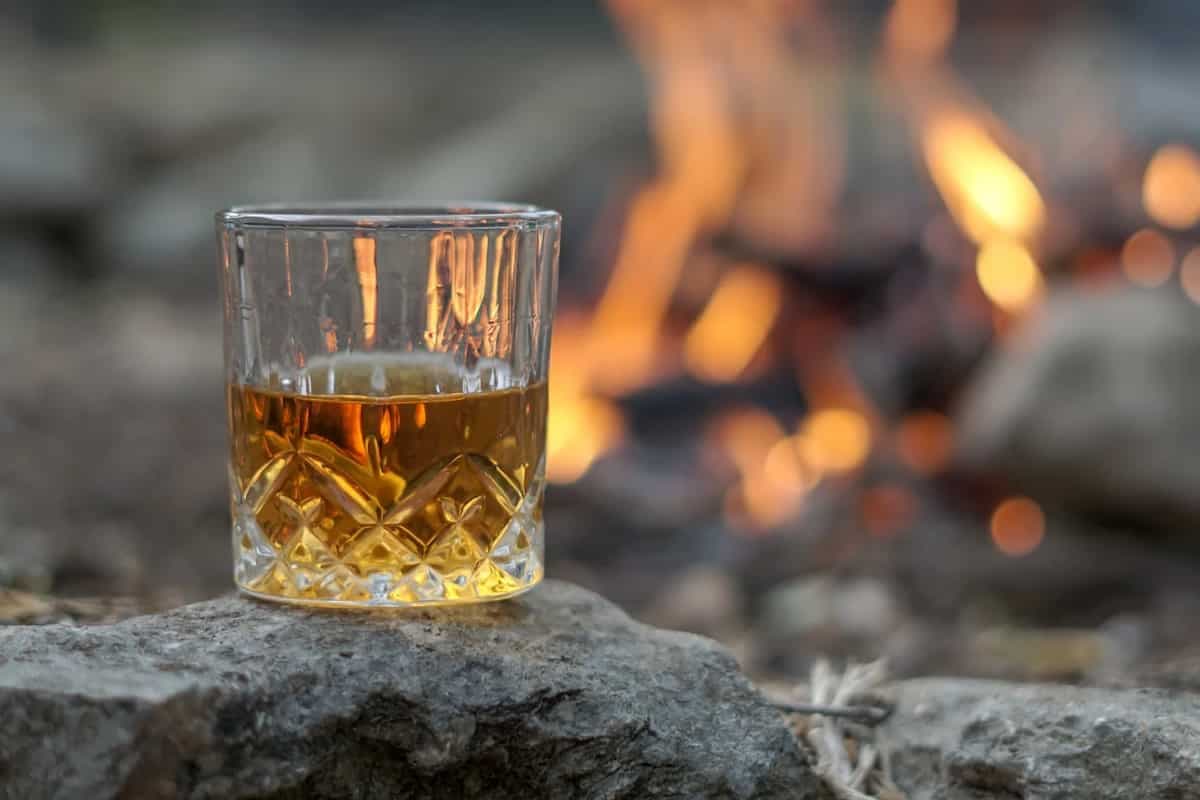Humans have been using malt to make alcohol for over 4000 years. The grain based product is made by processing cereal grains such as wheat and barley. The process used to produce malt is fairly straightforward, the grain is allowed to soak in water till it germinates, and is dried using hot air soon after. The purpose of malting grain is twofold, it makes the grain easier to ferment, and enhances the flavor of the end product. In fact, the distinct taste of malt is what makes malt based beverages so popular.
Malt beverages have a rather unique taste, with notes of caramel and fruit, and a touch of yeastiness. Most people either love or hate this taste in its purest forms, i.e., beer, whisky, or malt liquor. However, malt extract has recently found another use as a potent flavor enhancer. Malt extract can complement a variety of flavors, changing the overall taste of the product for the better. This change can be attributed to the various complex sugars that are present in malt, such as maltose, which enhance the taste of acids and flavonoids in a different manner when compared to commonly used simple sugars such as glucose, sucrose, and fructose.
Malt extract also contains several flavor compounds, which make it stand out when added to a beverage. A large population enjoys this ‘malty’ taste, which inspired several manufacturers to use malt in beverages other than whisky and beer. These malt-based beverages are primarily non-alcoholic and have become a mainstay in the zero-proof market over the last few decades.

The credit for the first commercially successful zero proof malt beverage goes to Barbican, which was first produced by the famous Bass Brewery in Staffordshire, England. The beverage was made in a fashion similar to that of beer, using a three-stage process that includes mashing, lautering, and wort boiling. The beverage also featured the addition of hops, sucrose, and nature-identical flavors. Barbican didn't see much success domestically as most Englishmen would rather pick up a pint of beer or whisky, much less anything non-alcoholic.
The company’s luck would soon change for the better when Aujan Industries, a Saudi conglomerate, started importing Barbican to the Middle East in 1983. Barbican enjoyed immense commercial success across the Gulf coast, a large part of which was credited to the strict laws surrounding the sale of alcohol in most Islamic countries. Both immigrants and the local populace could not get enough of the drink, which led to Barbican expanding their range of flavors and scaling up production to meet the growing demand. The Middle East continues to see the highest sales of Barbican, with the numbers having increased significantly in the past decade since Aujan bought the recipe and trademarks associated with the drink in 2010. The company localized production via factories in Dubai and Saudi Arabia, considerably decreasing the price of the drink.
Barbican was soon exported to other Asian countries, like India and Malaysia, with the beverage faring well in both markets. F&B companies around the world began to take note of Barbican's success, and were quick to cash in on the non-alcoholic beer market in the Middle East. The same companies also began to study malt more closely and took note of the ingredient’s potential as a flavor enhancer. In the late 2010s, several large scale breweries, like AB InBev and United Breweries, would go on to launch fruit flavored carbonated beverages that featured malt extract.
AB InBev, Budweiser’s parent company, launched a green apple drink under the Budweiser 0.0 label; United Breweries, of Kingfisher fame, would launch the Radler series under the Kingfisher brand. The Radler series proved to be the more successful of the lot, given its more natural taste. Kingfisher would further expand and refresh its lineup, which originally had just three flavors: lemon, ginger lime, and mint lime. Today, the Radler brand consists of four different offerings: strawberry cranberry, black currant, mint, and lemon. All flavors retail for 50 rupees for a 300-ml can.

Coolberg Beverages was founded around the same time by a husband-and-wife duo, Pankaj Aswani and Yashika Keswani. The brand sells six different malt based beverages, with flavors that range from plain malt to cranberry. The drink was concocted to be identical in appearance to lager beer in an effort to help teetotalers feel included when they are around friends that enjoy alcoholic beverages. All pints of Coolberg cost 80 rupees.
In 2022, AB InBev re-entered the fray with Santé, a fruit-based malt beverage. The drink is meant to compete with Kingfisher's Radler and is available in three flavors: juicy apple, wild cranberry, and zesty orange. All flavors cost 60 rupees a pop for a 300-ml can.
India’s non-alcoholic carbonated beverage market saw a revenue of 8.14 billion USD in 2022, a record high for the country. Non-alcoholic RTDs, including malt-based beverages, make up a decent chunk of this number, which only continues to grow as millennials veer towards sober lifestyles, inspiring several homegrown brands to enter the market.


